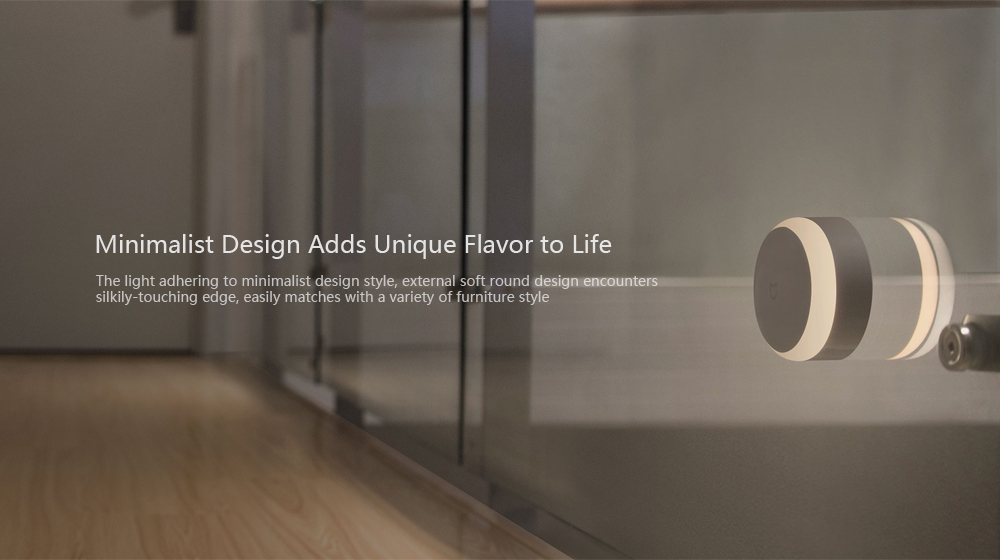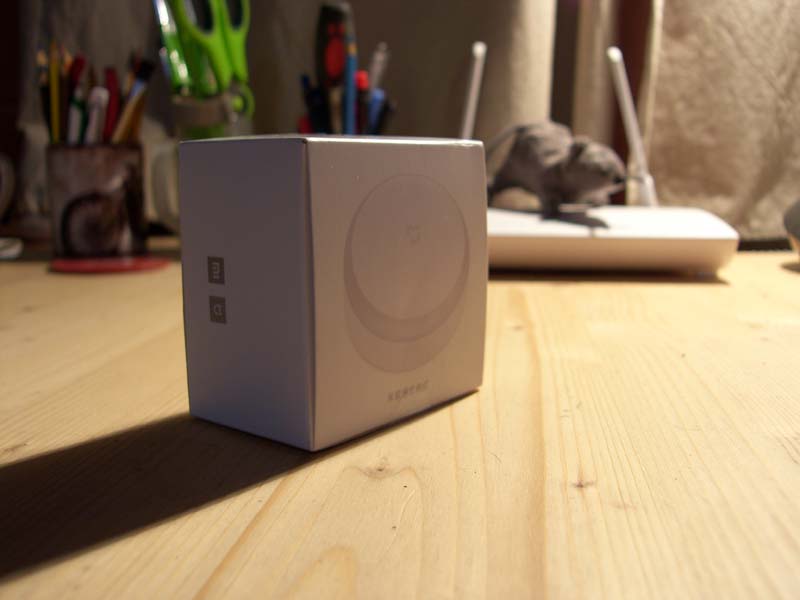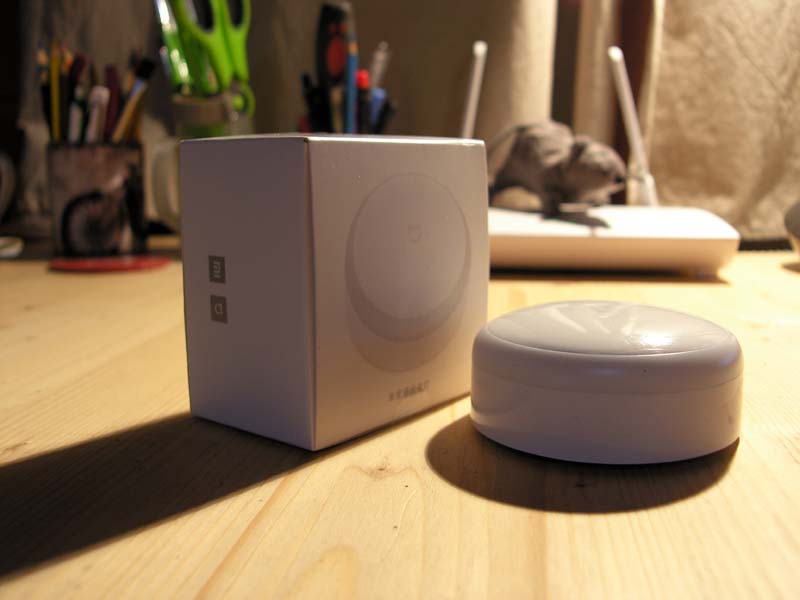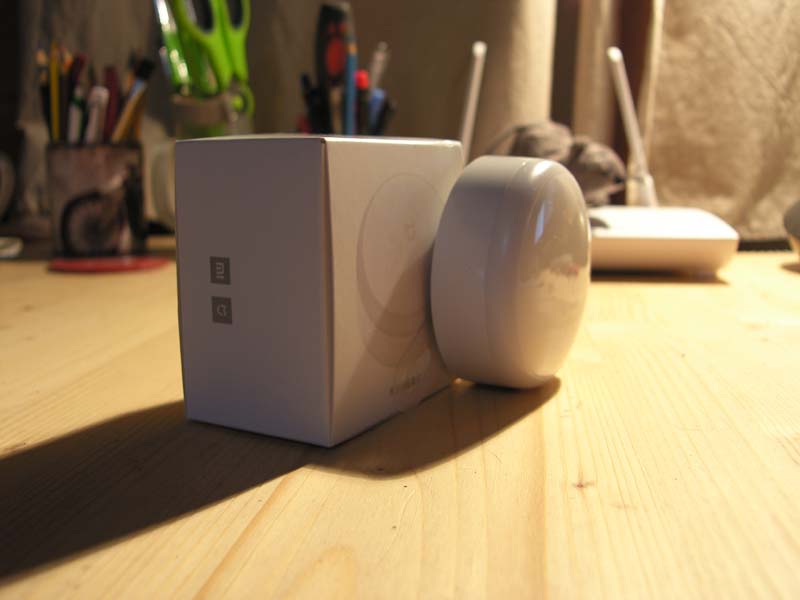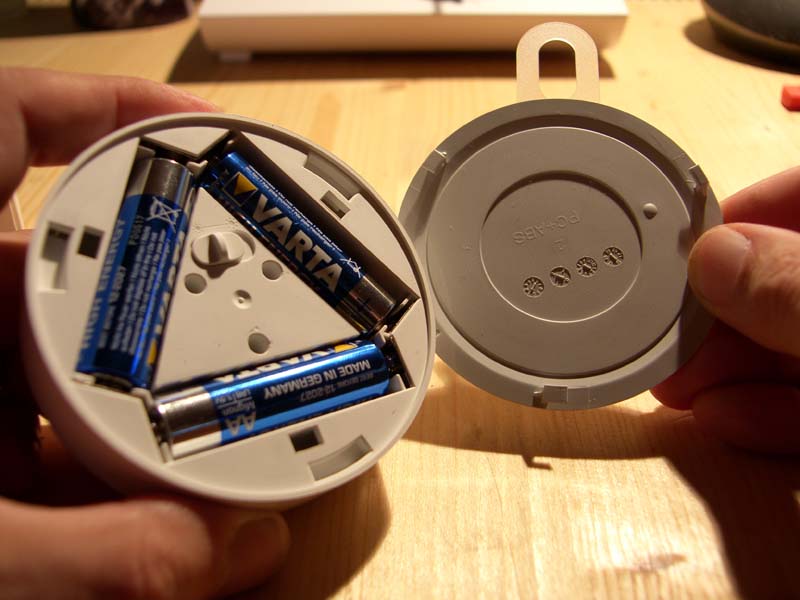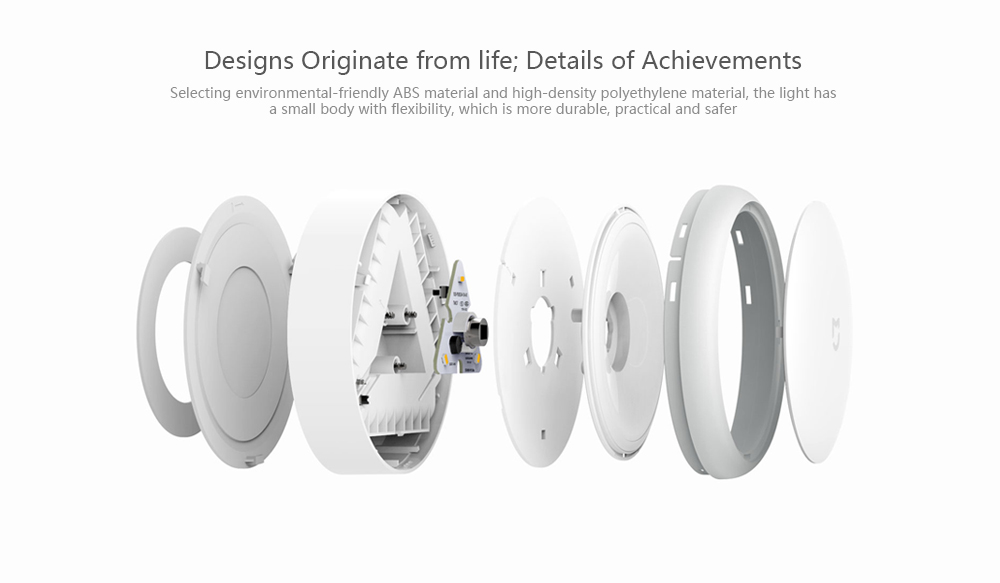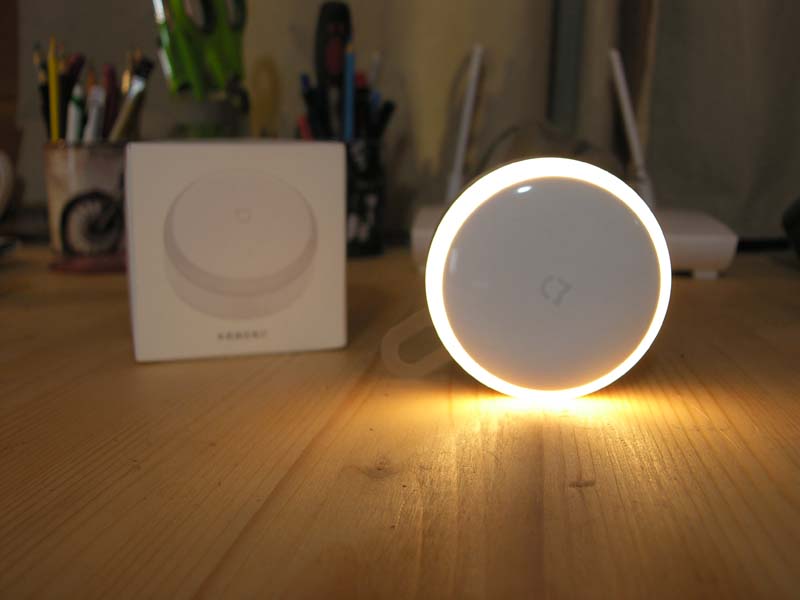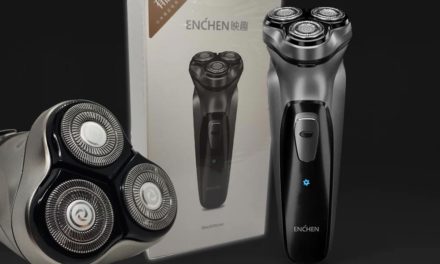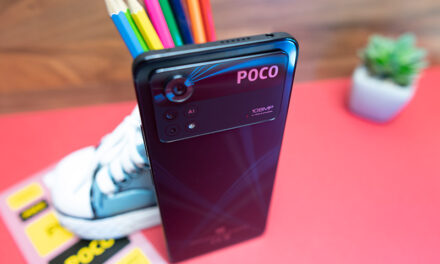
Bring light into the night
I ordered, arrived, I am satisfied!

contents show
Introduction
Xiaomi has a product that I vacillated a lot about buying. Well, not because of the price, because the way you’ll see at the end of the article isn’t too high. The reason for my thinking was the size of the product because it is a lamp with a circular diameter of only 8,4 centimeters. I wonder what a small lamp can be enough for? Then I swallowed and ordered. I was with him that if nothing else came in for me then he would be happy if I drew lots among my readers as a gift. The lamp has been with me for a week, doing its thing and sorry, but I'll be stupid to give it away!
Now is the time to tell me what this article is about. If you haven’t figured it out based on the pictures, it’s a night beacon called Xiaomi Mijia IR, whose sole purpose is not to make faces in the dark while stumbling toward the smallest room in our refrigerator or apartment during the night season.
Packaging and exterior
Unsurprisingly, the Xiaomi lamp, like all other Xiaomi products ordered so far, came in a white box. Outside the packaging we find a pile of Chinese punctuation marks, and at the top we see the lamp, which here looks like an oversized powder box.
Opening the box comes as no surprise to us. No funny clown jumps out at the end of a spring and little Chinese craftsman smiles at us either. There is nothing here but the lamp and an instruction manual, needless to say, only in Chinese. Unfortunately for me, this is in Chinese, but luckily we also get pictures, so even those who don’t read this article and aren’t equipped with enough dexterity to figure out that they can install the lamp will prosper.
The Xiaomi Mijia IR also looks like a powder box in our hands, which of course is still too big. The plastics used usually look high-quality - as much as a plastic can be - the beautiful white surfaces on both the cover and the side of the lamp are protected from scratches.
Installation is very simple. The back cover can be removed by rotating it roughly 20 degrees, behind which you can insert the three AA batteries needed for operation. In addition, we can only find one switch under the cover removed, but we will only discuss this in the following paragraphs.
Operation
The Xiaomi MiJIA IR is therefore nothing more than a small and extremely economical beacon for the apartment. Due to its minimalist design, it does not protrude from the interior of a modern apartment. The Xiaomi MiJIA IR, as its name suggests, has been given an infrared sensor so it only lights up when someone is near you. Its light is broad-spectrum, but not very strong, so it’s really just enough not to fall into anything.
During use, the above-mentioned under-cover switch allows you to choose between two modes. In one of them, the brightness of the lamp is 0,7 lumens, in which case it can operate for 3 years from the 3,8 pencil batteries that provide power. There is also a less economical setting, in which case you get 5 lumens of brightness and a half-year operating time. The infrared sensor can detect us in a range of 7-15 meters. If there is no detectable proximity, the lamp turns off after XNUMX seconds. Importantly, the Mijia also has a sensor that detects the brightness that can be perceived around it, so you don’t try to overexpose the sunlight during the day. You don’t need a blind dark to turn it on, but you definitely need a darker room than twilight.
It may not show up at first, but an outlet-free, battery-operated one has several benefits. The first is that we can glue the lamp anywhere. On the back of the lamp we find a ring-shaped self-adhesive surface. This allows you to glue it directly to the wall, to the side of the cabinet, or wherever you want, or, it is also possible to glue a circular plastic sheet wrapped next to the lamp and hence hang it on a nail, screw or even a piece of string. In addition to the easy installation, the other big advantage of battery operation is that the operation of the lamp will not be affected by any possible power failure.
Practical experience
I myself hung the lamp with the help of the said plastic sheet about 10 centimeters above floor level. I was looking for a place for him to “see” to our bed so that when my foot hit the ground the lamp was already on. In our case, the distance between the bed and the lamp is about 3,5 - 4 meters, in addition to the blinds retracted from this distance, it detects the movement even in the greatest darkness, it has not been such that it has not been switched on.
The light of the Mijia is very friendly, warm, yellowish in hue. At first I chose the stronger light, but already the first night it turned out that it would be too much for us. I don’t think it’s unthinkable that in the hallway leading to the kitchen, for example, the stronger light is good, but I think there’s a lot in the bedroom. As you may have read, lower brightness has a beneficial effect on consumption, according to factory data, we don’t have to bother replacing the battery for a year. Let’s say I’m curious about that, it would be nice if in reality it was.
I shot the joke at the beginning of the article, I got this lamp. Not only has the frivolous size become a disadvantage, I feel it is an advantage, because wherever we can snag it, it won't get in the way, we won't kick it off the wall. Due to the battery operation, there is no need to build a power supply, it can be placed on the wall, cabinet side or wherever it can be hung or glued.
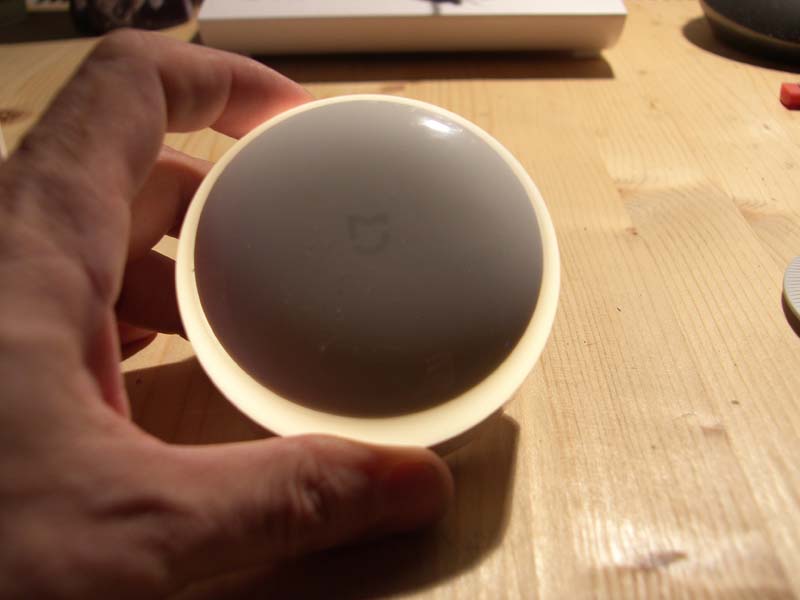
It does its job perfectly. Since I’m not a cat or a bat I’m misinformed in the dark. This lamp really makes my life more comfortable, moreover, the wallet doesn't charge the 3000 forints they ask for.
I ordered from here: Xiaomi MiJIA IR Sensor and Photosensitive Night Light










